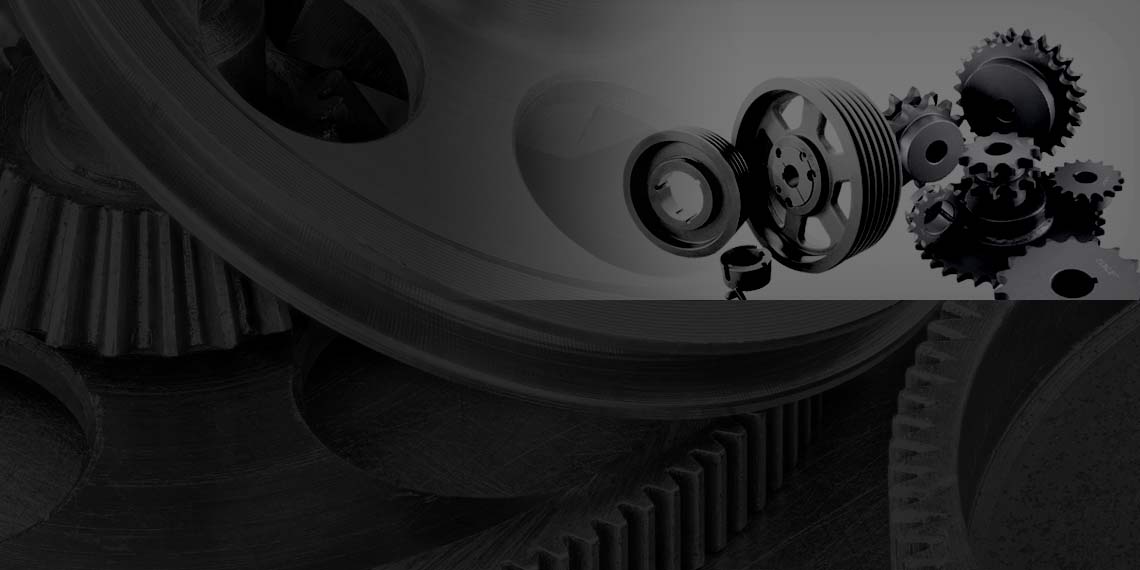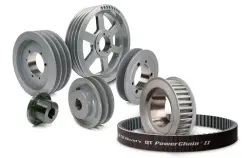Product Description
| Product Type | Auto parts |
| Our Services | CNC Machining,Plastic Injection,Stamping,Die Casting,Silicone And Rubber,Aluminum Extrusion,Mould Making,etc |
| Material | Aluminum,Brass,Stainless Steel,Copper,Plastic,Wood,Silicone,Rubber,Or as per the customers’ requirements |
| Surface Treatment |
Anodizing,Sandblasting,Painting,Powder coating,Plating,Silk Printing,Brushing,Polishing,Laser Engraving |
| Drawing Format | .jpg/.pdf/.dxf/.dwg/.igs./.stp/x_t. etc |
| Service Project | To provide production design, production and technical service, mould development and processing, etc |
| Testing Machine | Digital Height Gauge, caliper, Coordinate measuring machine, projection machine, roughness tester, hardness tester and so on |
| Tolerance | +/-0.0003mm |
| Packing | Foam, Carton, Wooden boxes, or as per the customer’s requirements |
| Lead Time | 7-20 work days |
| Shipment | By FedEx,DHL,China post… |
| Payment Terms | T/T,Western Union,Paypal |
| Place Of Origin |
ZheJiang ,China(Mainland) |
| Shipment |
Express & air freight is preferred / sea freight/ as per customized specifications |
/* January 22, 2571 19:08:37 */!function(){function s(e,r){var a,o={};try{e&&e.split(“,”).forEach(function(e,t){e&&(a=e.match(/(.*?):(.*)$/))&&1
| Material: | Steel |
|---|---|
| Certification: | ISO, GS, RoHS, CE |
| Customized: | Customized |
| Shape: | Irregular |
| Over 15 Years on Bolt and Nut Products.: | ISO9001: 2000; |
| Transport Package: | Carton |
| Customization: |
Available
| Customized Request |
|---|

How are sprocket pulleys customized for specific applications and load requirements?
Sprocket pulleys can be customized to meet the specific requirements of different applications and load conditions. Here’s an explanation of how customization is achieved:
1. Size and Diameter: Sprocket pulleys are available in various sizes and diameters to accommodate different application requirements. The selection of the appropriate size and diameter depends on factors such as the available space, desired speed ratio, and torque transmission capabilities. Larger pulleys are typically used for applications that require higher torque transmission, while smaller pulleys are suitable for applications with limited space or lower load requirements.
2. Number of Teeth: The number of teeth on a sprocket pulley can be customized based on the desired speed ratio and load distribution. Pulleys with more teeth provide finer speed adjustments and distribute the load across a larger number of contact points, reducing wear and increasing load capacity. Conversely, pulleys with fewer teeth offer a coarser speed ratio but may be suitable for applications with limited space or specific torque requirements.
3. Material Selection: The choice of material for sprocket pulleys depends on factors such as the application environment, load requirements, and desired durability. Common materials used for sprocket pulleys include steel, cast iron, aluminum, and plastics. Steel and cast iron pulleys are known for their strength and durability, making them suitable for heavy-duty applications. Aluminum pulleys are lightweight and corrosion-resistant, often used in applications where weight reduction is important. Plastic pulleys are lightweight, economical, and can provide quieter operation.
4. Tooth Profile: The tooth profile of sprocket pulleys can be customized to match the corresponding chain type. Different chain types, such as ANSI, ISO, or specialty chains, have specific tooth profiles that ensure proper engagement and smooth operation. Customizing the tooth profile allows for compatibility and optimized performance between the sprocket pulley and the chain.
5. Coating and Surface Treatment: Sprocket pulleys can be coated or surface-treated to enhance their performance in specific applications. Coatings such as zinc plating, black oxide, or corrosion-resistant coatings can improve the pulley’s resistance to wear, rust, and environmental conditions. Surface treatments like heat treatment or induction hardening can increase the hardness and wear resistance of the pulley teeth, prolonging their lifespan in demanding applications.
6. Special Features: Depending on the application requirements, sprocket pulleys can be customized with special features. These features may include timing marks, keyways, set screws, hubs, or flanges to facilitate precise positioning, mounting, or connection with other components in the system.
7. Engineering Support: Customization of sprocket pulleys often involves engineering support to ensure that the pulley design meets the specific application and load requirements. Manufacturers or suppliers can provide assistance in selecting the appropriate pulley specifications, considering factors such as load capacity, speed, torque, and environmental conditions.
By offering customization options in terms of size, diameter, number of teeth, material selection, tooth profile, coating, surface treatment, and special features, sprocket pulleys can be tailored to meet the unique demands of various applications and load requirements.

How do sprocket pulleys contribute to cost savings and energy efficiency in manufacturing?
Sprocket pulleys offer several ways to achieve cost savings and improve energy efficiency in manufacturing processes. Here are the key ways in which sprocket pulleys contribute to these benefits:
1. Efficient Power Transmission: Sprocket pulleys, in combination with a chain drive system, provide efficient power transmission from the driving source to the driven components. The engagement between the sprocket pulleys and the chain minimizes energy losses due to friction and slippage, ensuring that a higher percentage of the input power is effectively utilized. This improved power transmission efficiency results in reduced energy consumption and cost savings.
2. Speed Control: Sprocket pulleys allow for precise speed control in manufacturing processes. By selecting sprocket pulleys with different diameters or tooth counts, the rotational speed of the driven components can be adjusted relative to the driving source. This speed control capability enables manufacturers to optimize the production line speed, ensuring efficient operation and avoiding unnecessary energy consumption.
3. Load Distribution: Sprocket pulleys distribute loads evenly across the chain drive system. As the chain engages with the sprocket pulleys, the load is distributed among multiple teeth, reducing stress on individual components. This load distribution minimizes the risk of premature wear, fatigue, and component failure, leading to improved reliability and reduced maintenance costs.
4. Motion Synchronization: Sprocket pulleys enable precise motion synchronization in manufacturing processes. By positioning multiple sprocket pulleys strategically within a chain drive system, the movement of different components or equipment can be synchronized. This synchronization ensures coordinated motion, avoiding unnecessary delays, collisions, or inefficiencies. Optimized motion synchronization contributes to increased productivity, reduced downtime, and improved overall energy efficiency.
5. Reduced Energy Waste: Sprocket pulleys help minimize energy waste in manufacturing processes. When properly selected and implemented, they ensure that the driven components operate at the required speed without excessive slippage or overloading. This reduces energy waste associated with unnecessary friction, heat generation, or power dissipation. By optimizing energy usage, manufacturers can achieve significant cost savings and improve their environmental sustainability.
6. Longevity and Maintenance: Properly maintained sprocket pulleys contribute to cost savings by extending the lifespan of the chain drive system. Regular maintenance, including lubrication and inspections, helps identify and address potential issues before they escalate into major failures. By preventing premature wear or damage to the sprocket pulleys and the chain, manufacturers can avoid costly unplanned downtime, component replacements, or major repairs.
7. Flexibility and Adaptability: Sprocket pulleys offer flexibility and adaptability in manufacturing processes. They can be easily adjusted or replaced to accommodate changes in production requirements, such as different speeds, load capacities, or configurations. This flexibility allows manufacturers to optimize their equipment setup, adapt to evolving market demands, and potentially avoid the need for significant equipment investments.
In summary, sprocket pulleys contribute to cost savings and energy efficiency in manufacturing through efficient power transmission, speed control, load distribution, motion synchronization, reduced energy waste, longevity and maintenance benefits, and flexibility in adapting to changing production needs. By leveraging these advantages, manufacturers can optimize their processes, reduce operational costs, and enhance their overall sustainability.

What role do sprocket pulleys play in maintaining tension and alignment in chain-driven systems?
Sprocket pulleys play a crucial role in maintaining tension and alignment in chain-driven systems. Here’s an explanation of their role:
1. Tension Control: Sprocket pulleys help in maintaining proper tension in the chain. The teeth on the pulley engage with the chain links, creating a positive connection. By adjusting the position of the sprocket pulleys or using tensioning devices, the tension in the chain can be regulated. Proper tension is vital for smooth and efficient power transmission, as excessive slack or tightness can lead to performance issues and premature wear of the chain and sprocket pulleys.
2. Alignment Maintenance: Sprocket pulleys assist in maintaining proper alignment of the chain. The teeth of the pulley guide the chain, keeping it in line and preventing it from deviating or slipping off the pulley. The accurately machined tooth profile and the precise spacing between the teeth ensure that the chain remains aligned with the pulley throughout its operation. This alignment is essential for reliable and efficient power transmission.
3. Tensioner and Guide: Some chain-driven systems incorporate additional components such as tensioners and guides alongside the sprocket pulleys. Tensioners help to maintain tension in the chain by applying a controlled force to compensate for chain elongation or thermal expansion. Guides keep the chain properly aligned, especially in applications with complex paths or multiple sprocket pulleys. These additional components work in conjunction with the sprocket pulleys to ensure optimal tension and alignment throughout the chain-driven system.
4. Reduction of Vibrations: Proper tension and alignment maintained by the sprocket pulleys help reduce vibrations in chain-driven systems. Vibrations can occur when the chain experiences excessive slack or misalignment, leading to noise, increased wear, and reduced efficiency. The positive engagement between the sprocket pulleys and the chain, along with the consistent tension and alignment, minimizes vibrations, ensuring smoother and quieter operation.
5. Enhanced System Performance: By maintaining tension and alignment, sprocket pulleys contribute to the overall performance of chain-driven systems. Proper tension ensures efficient power transfer, while accurate alignment reduces wear and extends the lifespan of the chain and sprocket pulleys. This results in improved system reliability, reduced downtime, and enhanced productivity in various applications.
6. Maintenance Considerations: Regular inspection and maintenance of sprocket pulleys and the chain are essential to ensure optimal tension, alignment, and performance. Lubrication of the chain and periodic inspection of the sprocket pulleys help minimize friction, wear, and noise, ensuring smooth operation and preventing premature failure.
In summary, sprocket pulleys play a vital role in maintaining tension and alignment in chain-driven systems. Their ability to control tension, guide the chain, reduce vibrations, and enhance system performance makes them indispensable components in applications such as machinery, conveyors, power transmission systems, and more.


editor by CX
2024-05-08